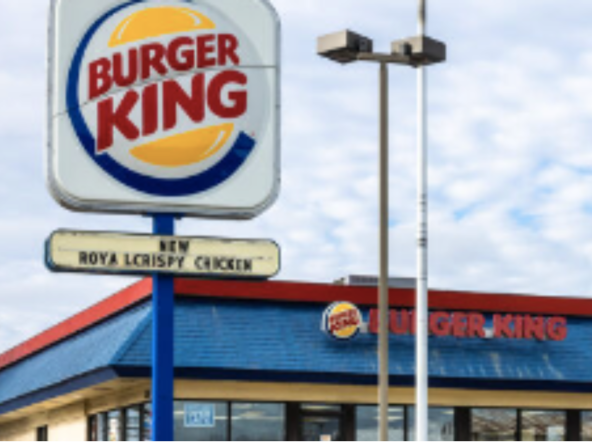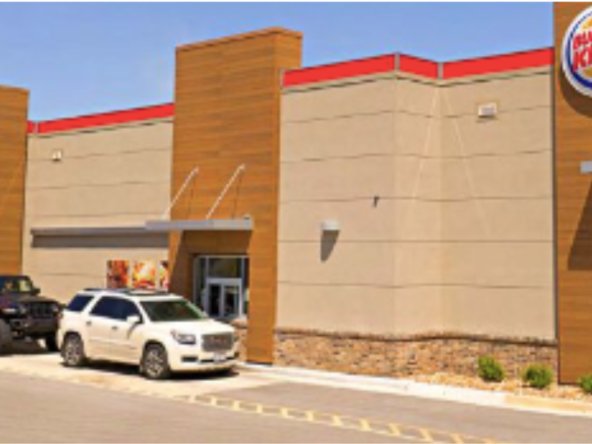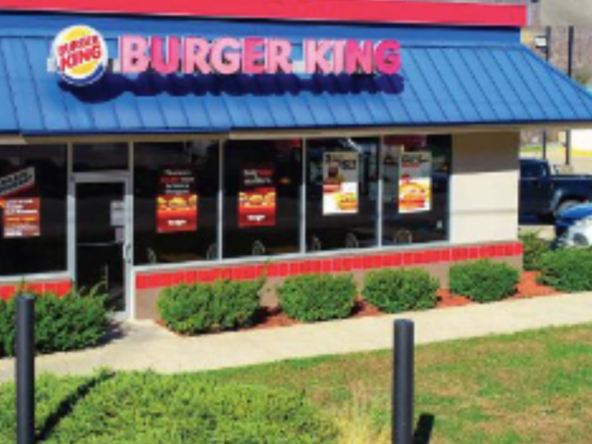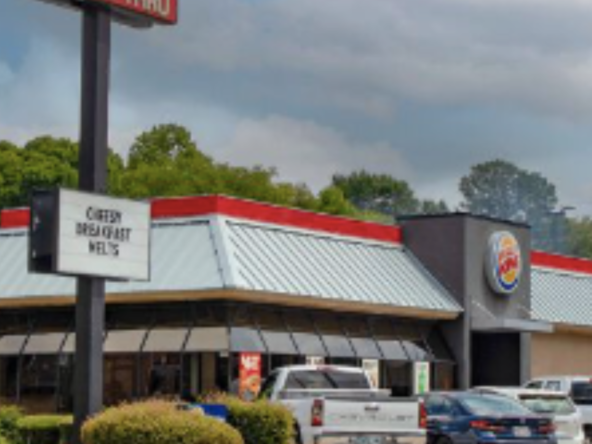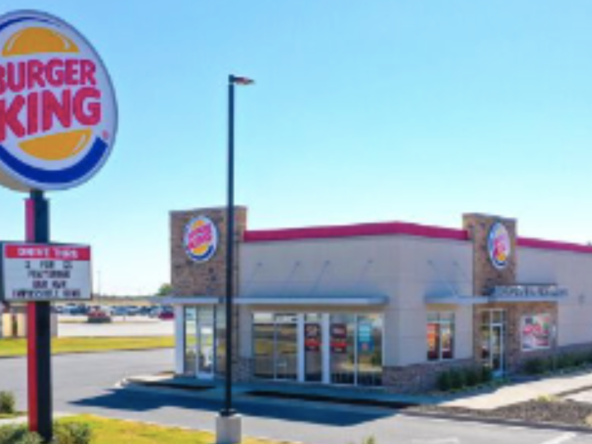Burger King NNN Properties
A behemoth in the fast food industry, Burger King is historically one of the most trusted investment properties for net leasing. Coming in a close second behind the iconic McDonald’s brand with respect to comparing sales revenues, the ability for Burger King to ride out unstable markets is quite reassuring. This holds especially true for non-investor grade net leasing tenants.

